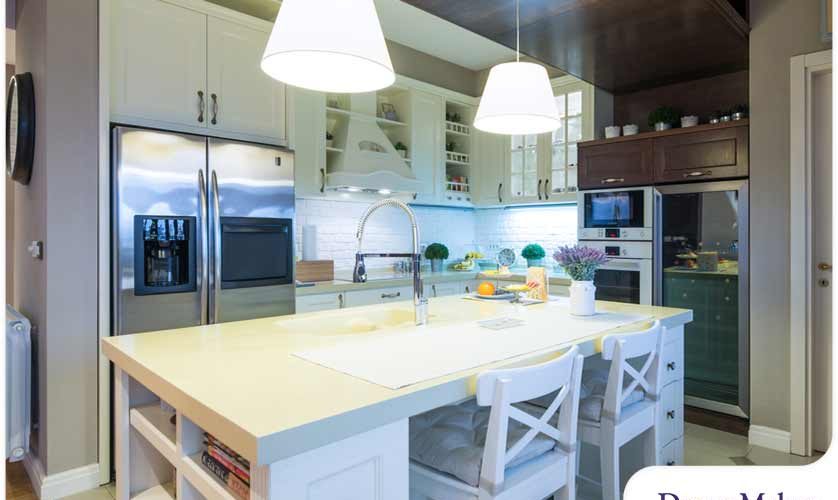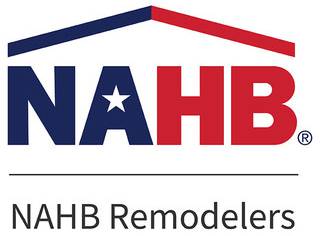
If you have a loved one with partial or complete vision loss, you can aid them with a home renovation focused on ensuring their safety and comfort. Such changes during a remodel will help them remain independent, mobile, and comfortable.
Keep reading as accessible remodeling expert DreamMaker Bath & Kitchen of South Valley shares some tips to help you get started.
Lighting
Someone with low vision will need lots of bright natural and artificial. You can use lots of windows in rooms to increase the light entering your home. During the evening, 60- to 100-watt artificial lights will brighten rooms to help them see effectively. You can get help from professional home remodelers to ensure that your artificial lighting is consistent throughout every part of the house.
Furniture
People with low vision need clear, obstacle-free walkways and common areas with wide spaces. Pick smaller yet tasteful furniture suitable for the property’s aesthetic and functionality. You can easily organize furniture and create wide paths without obstructions to get to any part of the house.
You can also help with your loved one’s reading or deskwork by positioning chairs and desks beneath large windows to give them plenty of natural light. Choose bright desk lamps that fully illuminate the table to help them do their work.
Safety Enhancements
Prevent falls and injuries by introducing safety features in the house. Make sure electrical cords and loose rugs are out of common walkways. Position chairs and desks near walls and never along open paths. If possible, replace low-lying tables and artwork to prevent accidents.
Introduce more safety features to keep your loved one safe. Grab bars in high-risk environments such as bathrooms, staircases and common areas will let them safely navigate these spaces. Non-slip flooring would be helpful in bathrooms to prevent slip and fall accidents. Consult your home remodeler for more safety enhancements to keep your loved ones safe and comfortable.
Navigation Aids
People with low vision can see contrasting colors more clearly than other color combinations. Use upholstery and rugs with contrasting solid colors to avoid confusion. Use high-contrast color coding of household items for easy identification. You can also use bright colors to help people with low vision find their belongings, such as their favorite chair or plate.
Furthermore, textured furniture will help differentiate various areas in your home. Embossed letters make it easy to identify medicine and food labels. If your loved one knows braille, add braille stickers to important belongings and areas.
Let’s Start a Conversation!
Build a home that makes anyone feel comfortable, safe, and secure. Turn to a reputable remodeling contractor near me like DreamMaker Bath & Kitchen of South Valley for outstanding home renovation services. Call (801) 410-0909 or fill out this contact form to schedule a consultation with our design experts.





